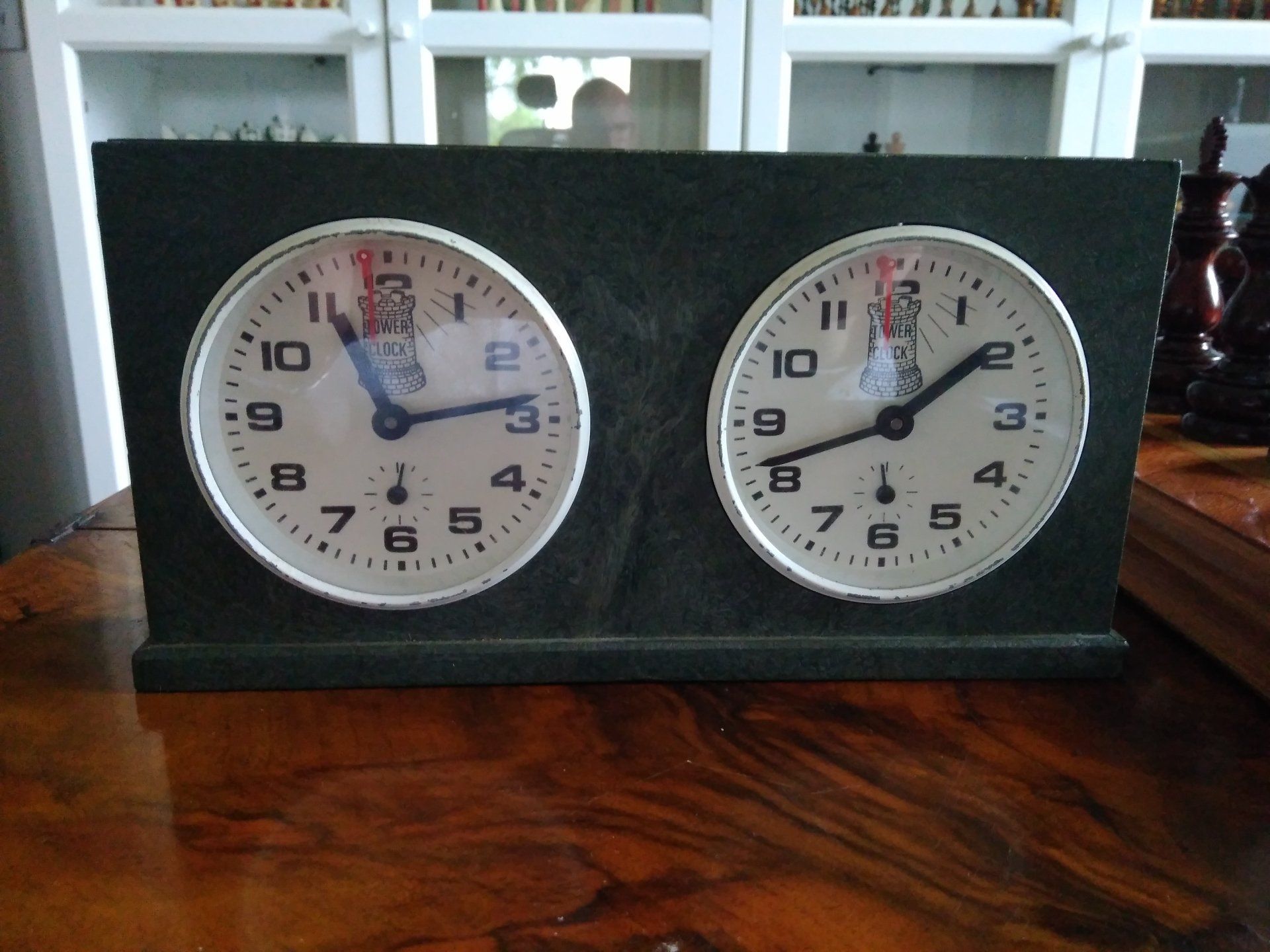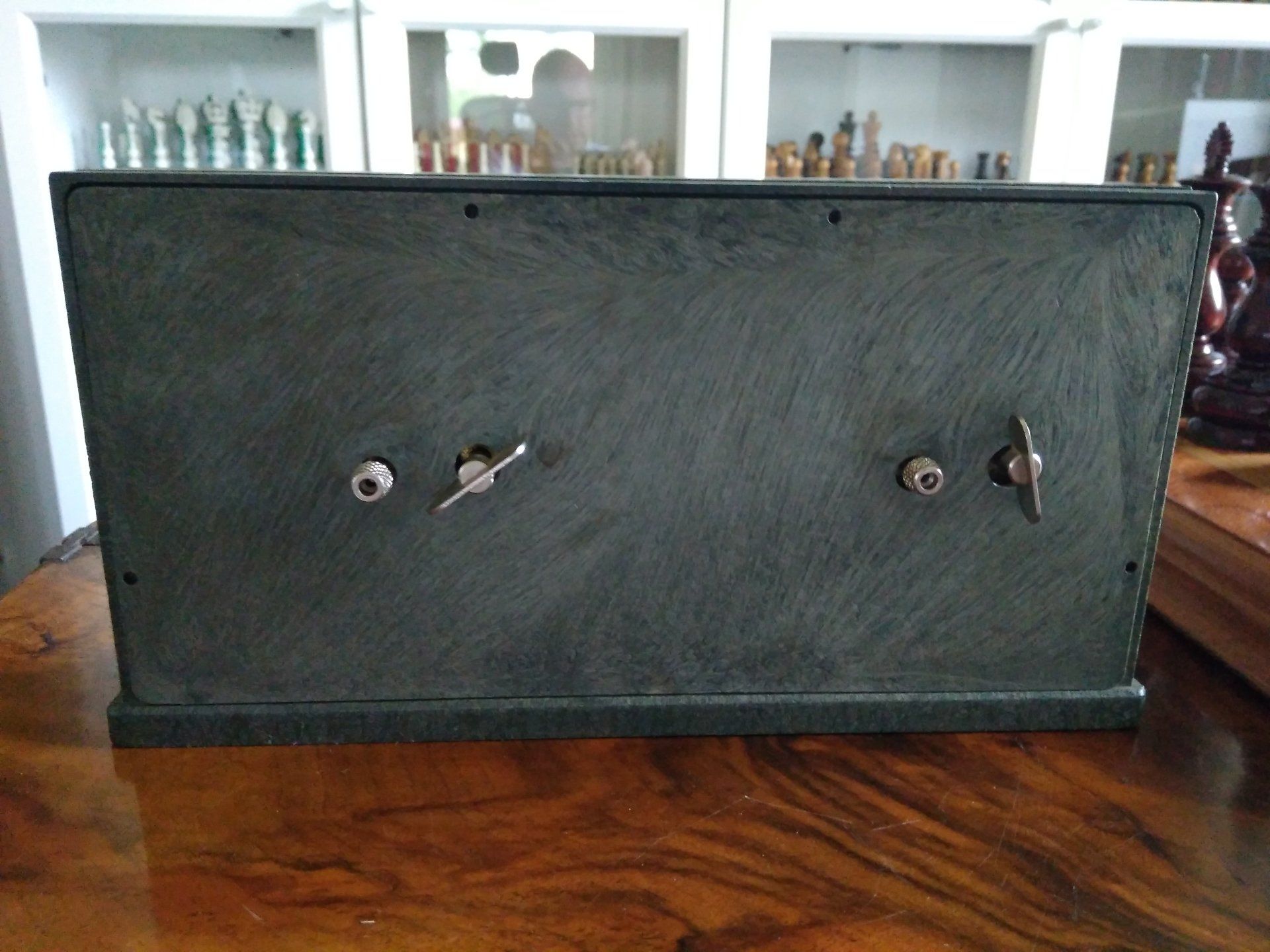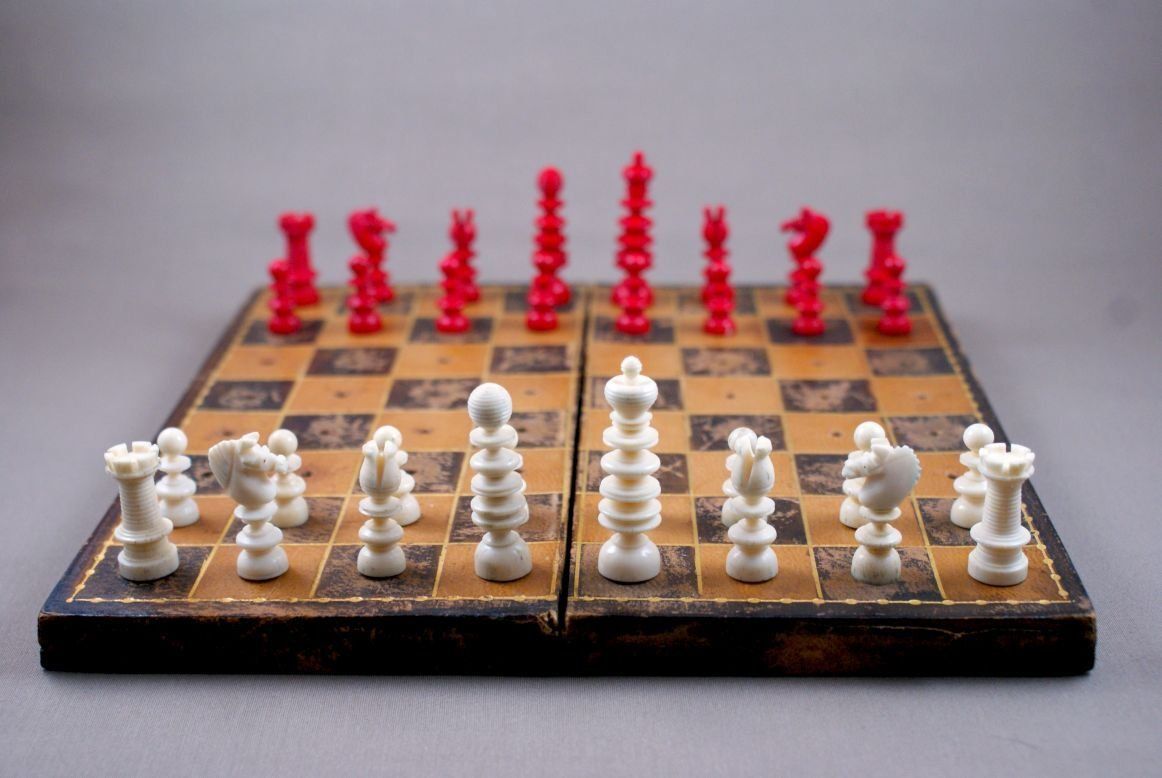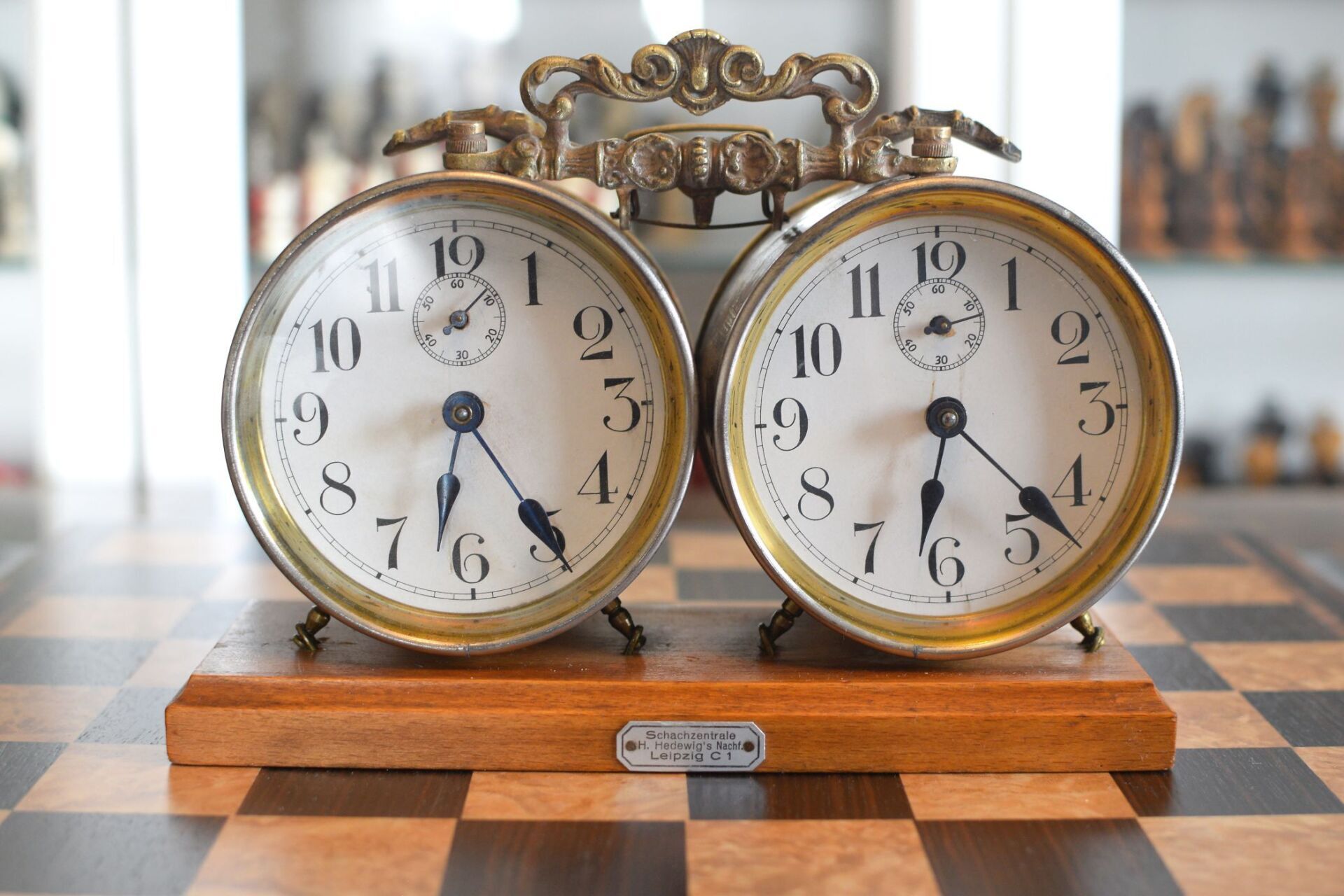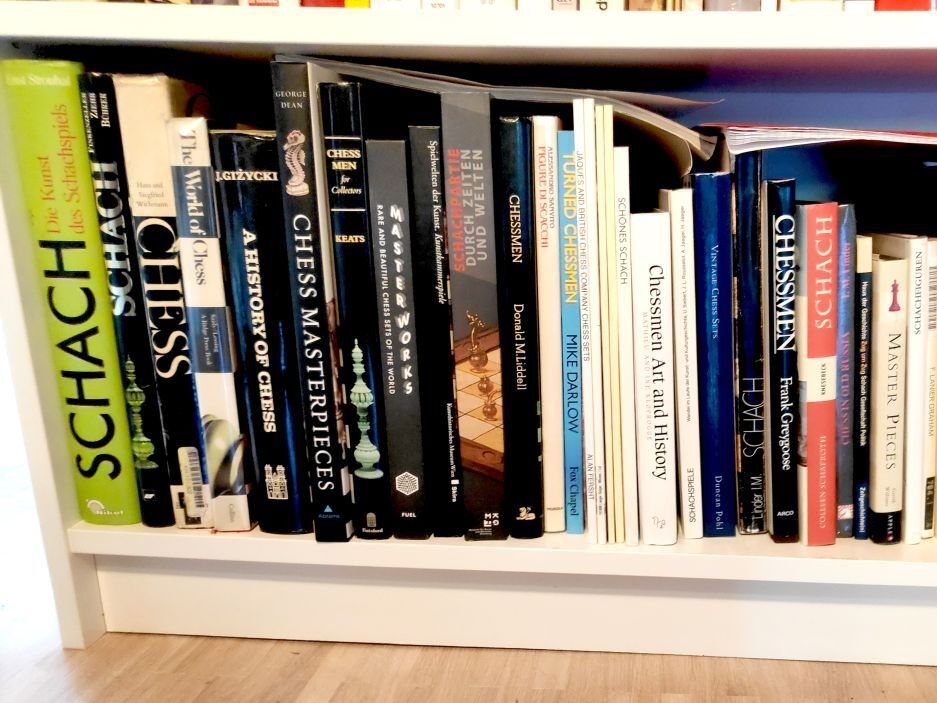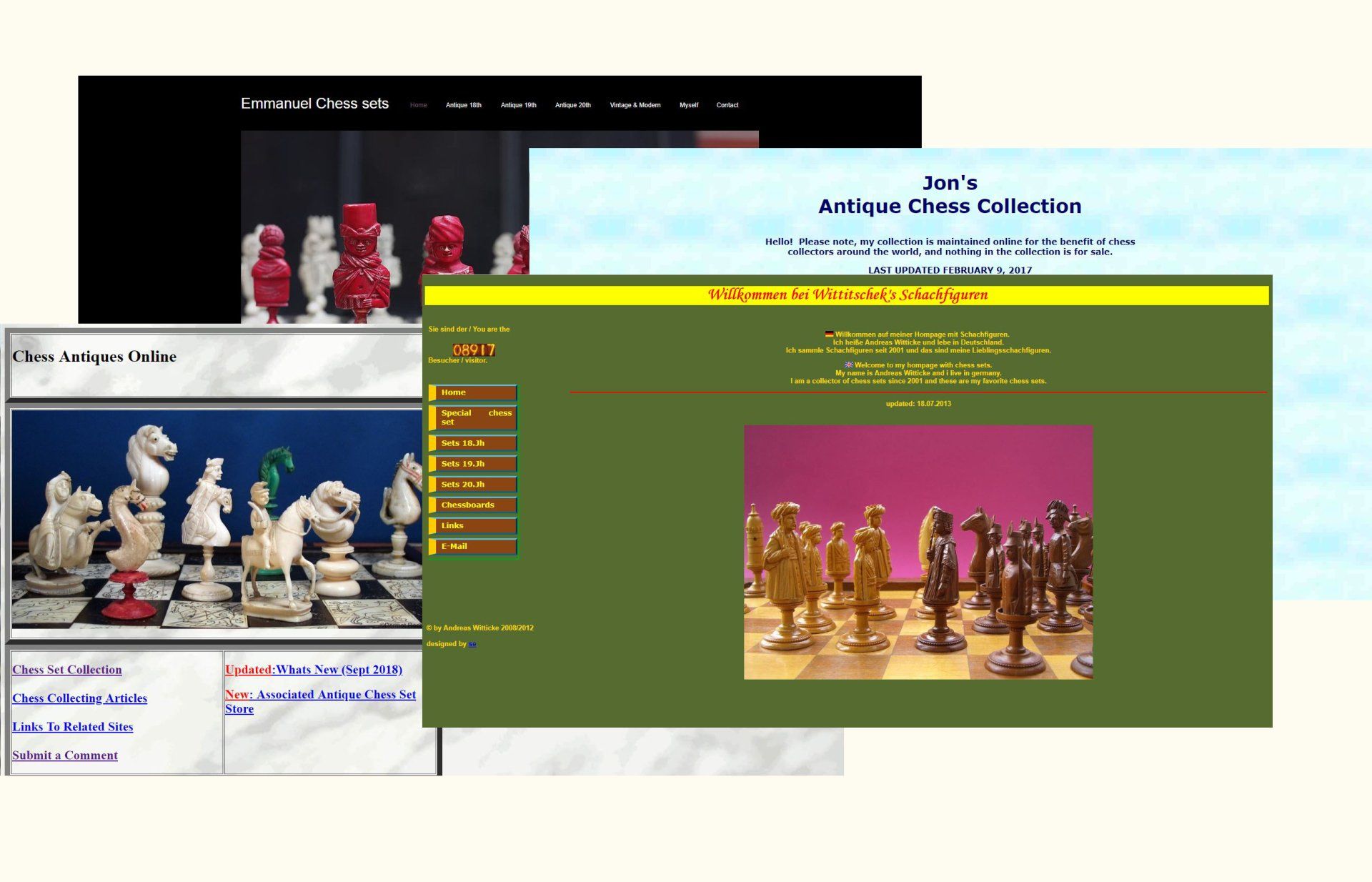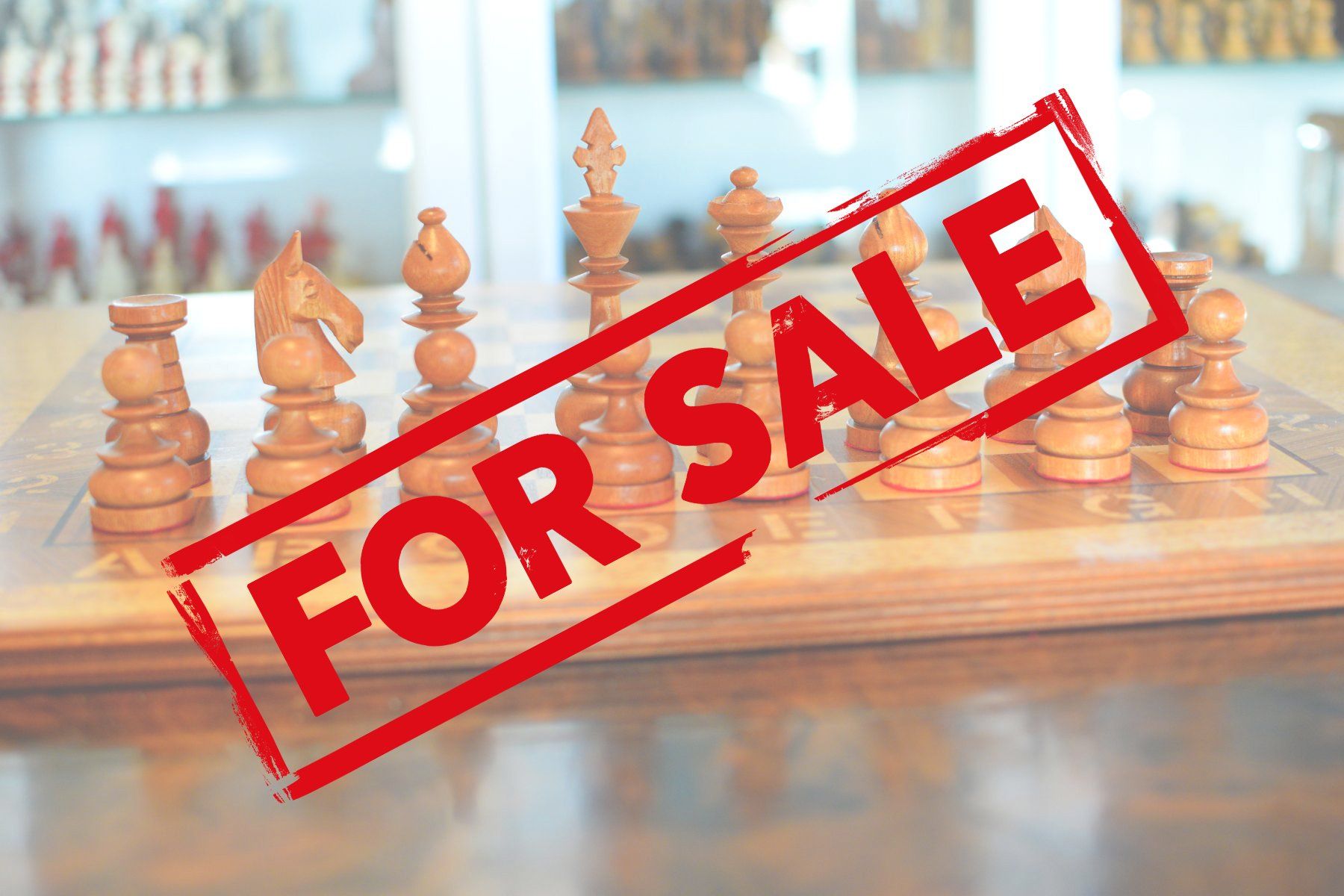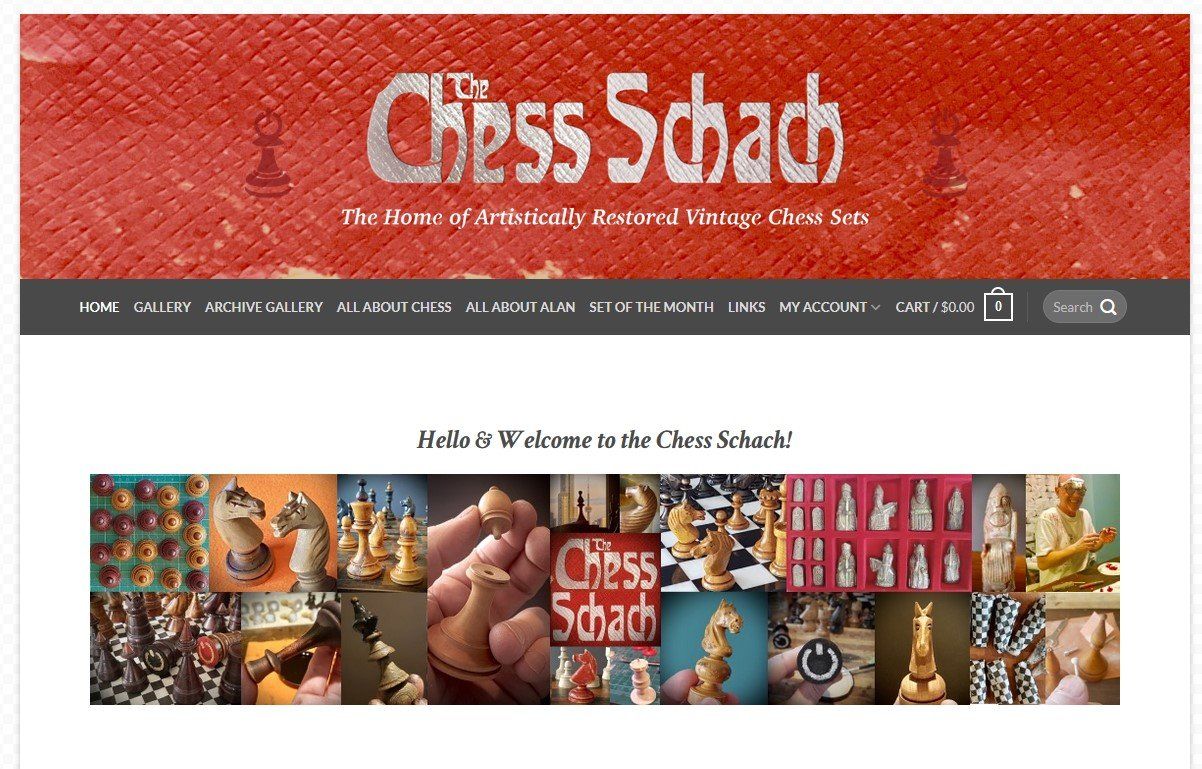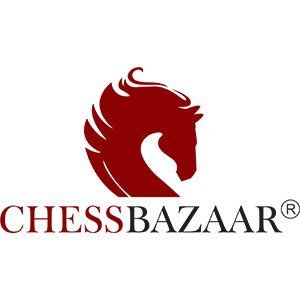
Tower Chess Clock, 1970's
The Tower chess clock, named after the tower imprinted on the clock face, was introduced by Stellan Persson in 1973 right after he had taken over the Skakhuset from Captain Alberth Neess, who had started the business together with his wife Edith on August 16,1947 in the centre of Copenhagen. The clock comes in a bakelite or plastic case in different colours (brown and grey are the most common, but green is also seen from time to time). It is operated with a pushbar instead of push buttons.
The clockworks used for the production of the clock were provided by Peter Uhren GmbH. The company goes back to Wilhelm Jerger, the uncle of Adolf Jerger, who had started a business as a clockmaker in 1866 in Niedereschach. Adolf Jerger worked as an apprentice for his uncle until he founded his own business in 1905, producing the well known Jerger chess clocks until the insolvency of the company in the late 1980's. In 1914, the company of Wilhelm Jerger in Niedereschach was in crisis. Bankruptcy could be avoided, when the company was taken over by Andreas Peter. In 1924 a new headquarter was set up in a new company building in Rottweil, so that only a branch remained in Niedereschach, which was later supplemented by another branch in Irslingen. In 1966, the company moved into a new building next to the old factory in Neckarstraße. Since 1967, Peter-Uhren GmbH has been cooperating with the French watch manufacturer JAZ S.A., so that most of the clockworks used for the Tower clock are in fact JAZ clockworks.
The Tower chess clock was distributed in the UK by Chess Magazine Sutton-Coldfield, which is why many collectors count the clock to the Sutton-Coldfield clocks.
